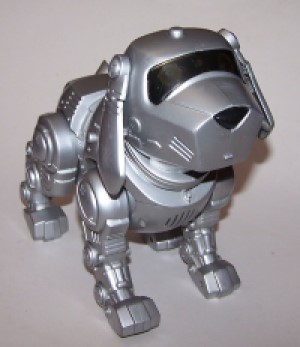Behavioral Robotics explores creating personal robots capable of lifelike responses and self-directed learning. The open platforms leverage modularity and customization to enable diverse robotic organisms. Configurable brains and sensors allow the bots to learn and adapt in home environments. By sharing collective discoveries, the swarm intelligence of the bots compound. The goal is responsive, autonomous robots that behave less like machines and more like organisms in nature - reacting intelligently to their surroundings. Behavioral Robotics aims to push robotics closer to this biomimicry future through accessible and extensible maker platforms.
Cognitive Developmental Robotics Platform
Trainable personal robots that behave and learn naturally, inspired by neuroscience.
 Holotype Robotics
Holotype Robotics
